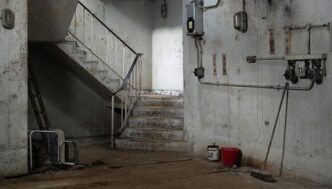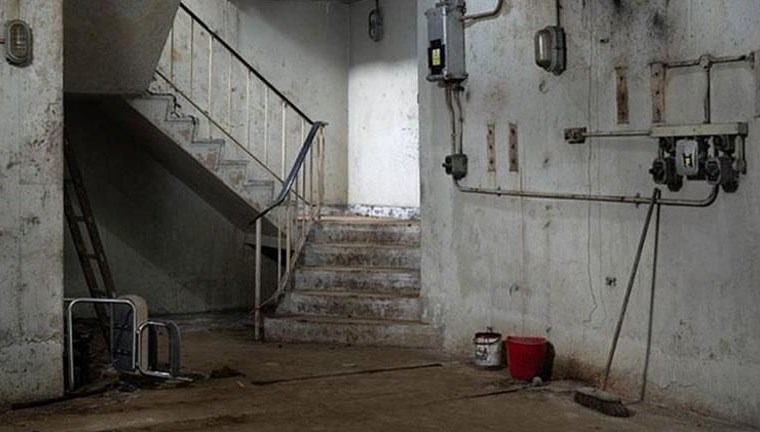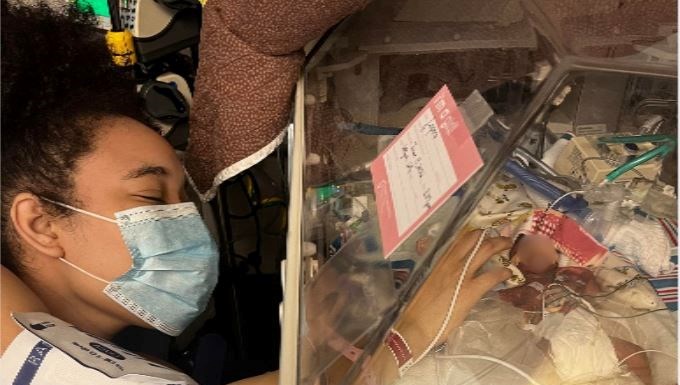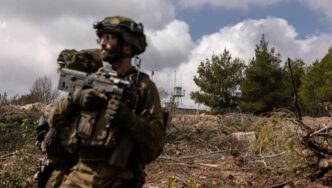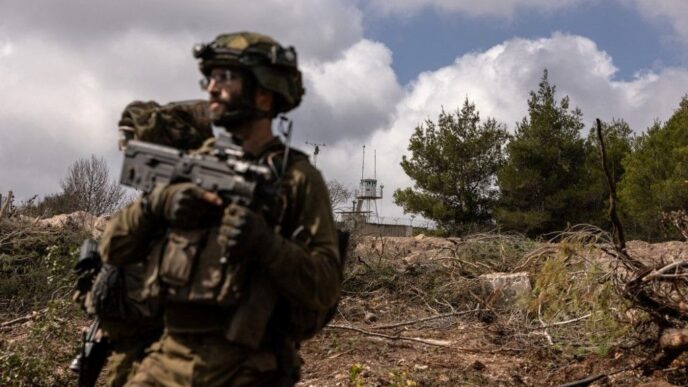The War Rooms, one of the best-kept secrets of the Cold War era in Nottingham, have been brought to light with 3D scans. Built in the 1950s to protect against nuclear attacks, the bunker was designed to provide safety for 400 government officials and manage the surviving population. The nuclear shelters have been made accessible to visitors through virtual tours.
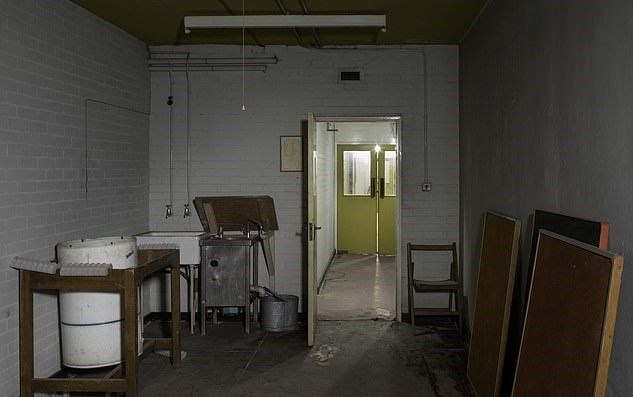
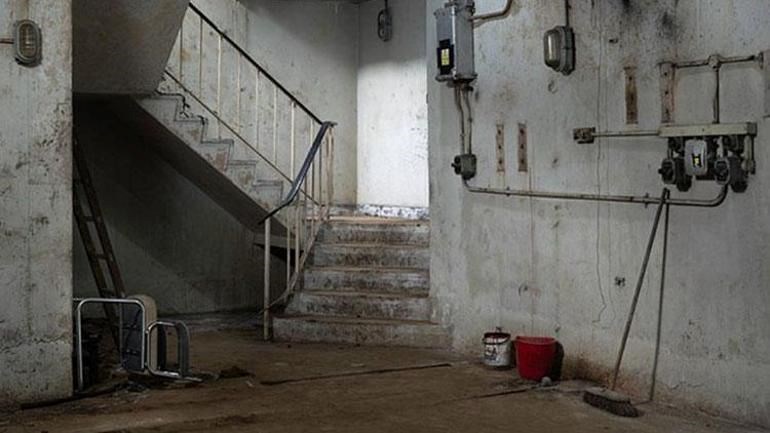
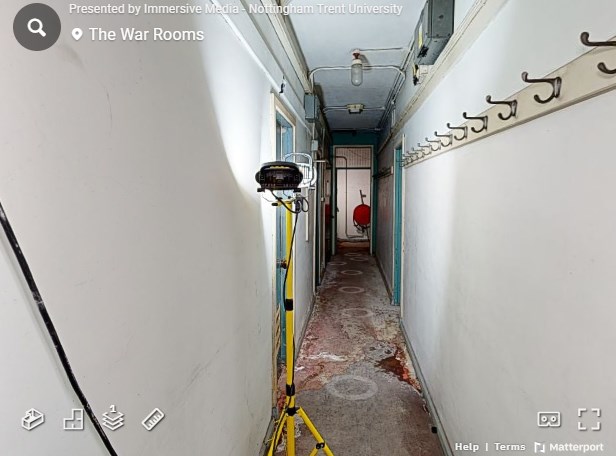

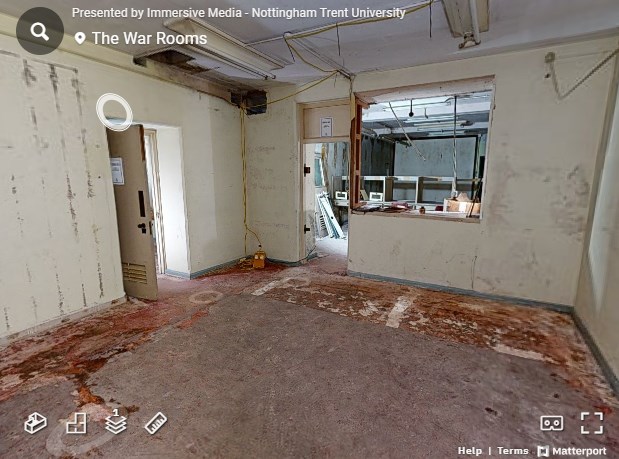
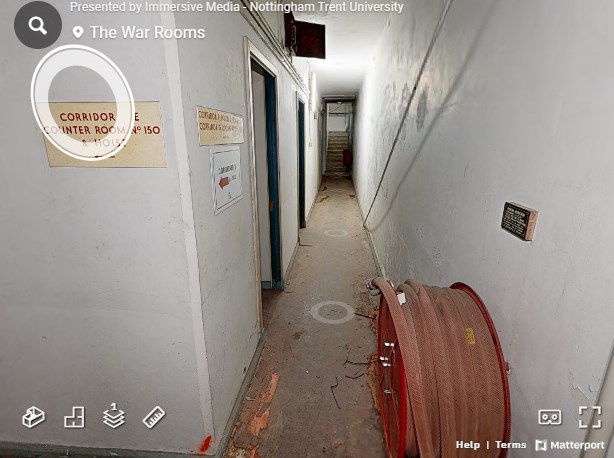
In the kitchen of the bunker, there is a warranty certificate for a refrigerator from the 1960s, while the toilets are stocked with toilet paper with the stamp “Belongs to the State” on each sheet.
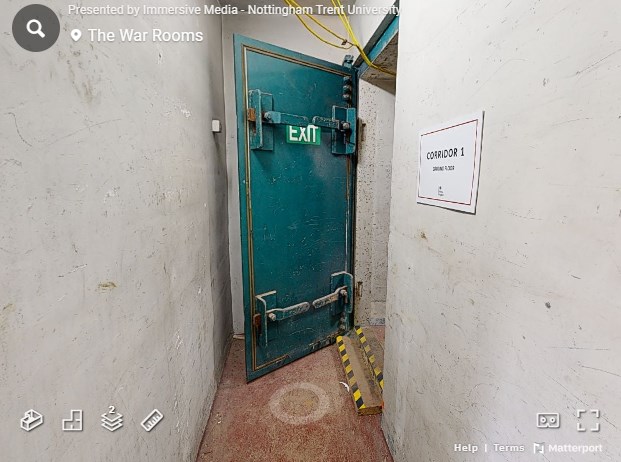
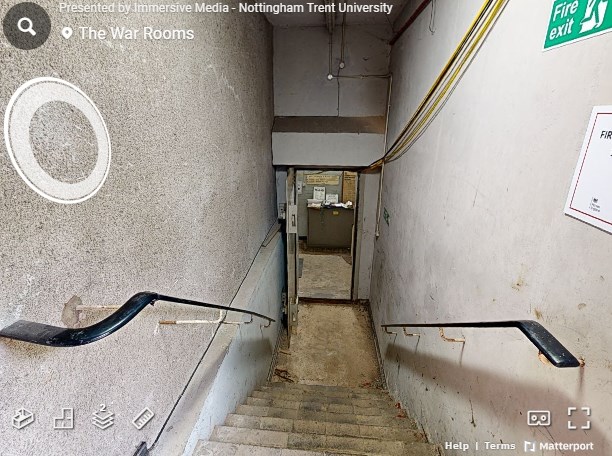
Property developer Hamilton Russell, working with Nottingham Trent University, has carried out 3D scans of the bunker and is now set to be converted into a community and commercial space.
